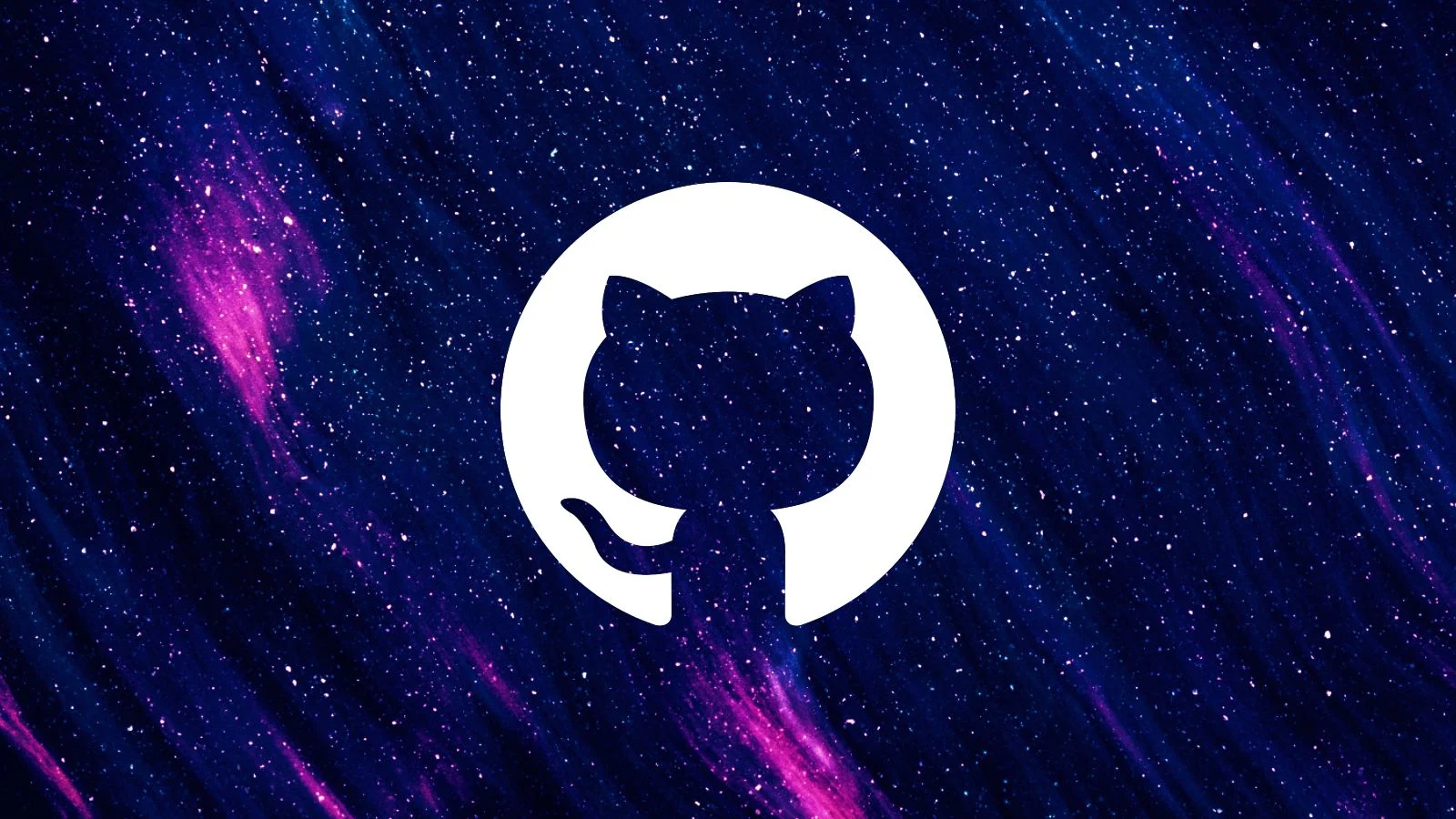GitHub stars have evolved far beyond simple bookmarking tools to become powerful indicators of project quality, developer credibility, and open source success. In today’s competitive development, understanding the significance of these digital endorsements can transform how developers approach their careers and projects.
The psychology behind GitHub stars reveals two primary motivations: practical bookmarking and social appreciation. Developers use stars to save repositories for future reference, creating personal libraries of useful tools and resources. More importantly, stars serve as social signals—digital applause that validates creators’ efforts and encourages continued development. This dual functionality makes stars an invaluable currency in the open-source ecosystem.
Research demonstrates that three out of four developers consider star counts before using or contributing to GitHub projects. This statistic underscores how stars influence decision-making processes, acting as trust indicators that help developers navigate the vast ocean of available repositories. When faced with multiple similar projects, developers naturally gravitate toward those with higher star counts, viewing them as more reliable and battle-tested solutions.
The impact extends beyond individual validation. GitHub stars create confidence and positive first impressions, directly correlating with increased user adoption. Projects with substantial star counts appear more credible, attracting both users and potential contributors who want to associate with successful initiatives. This creates a positive feedback loop where popularity breeds more popularity, establishing stars as crucial metrics for project growth and sustainability.
Building Developer Credibility and Recognition
GitHub stars serve as digital portfolios that showcase developer expertise and community impact. When developers accumulate stars across their repositories, they demonstrate their ability to create valuable, appreciated software. This recognition extends beyond personal satisfaction, opening doors to professional opportunities and establishing thought leadership within specific domains.

The visibility boost from starred repositories cannot be overstated. Starred projects appear on users’ profiles, exposing them to followers and connections within their professional networks. This organic promotion mechanism helps developers reach audiences they might never have accessed through traditional marketing channels.
Attracting Investment and Business Opportunities
Venture capitalists and investors increasingly monitor GitHub stars as indicators of promising open-source startups. Companies like Infracost received unsolicited investor interest based solely on their star count growth. Some VC firms, including Runa Capital, have developed systematic approaches to tracking fast-growing open source projects using stars and forks as key metrics.
This investor attention transforms GitHub stars from vanity metrics into legitimate business indicators. The ROSS Index, which ranks open source startups by growth metrics, demonstrates how stars influence funding decisions and market positioning.
Strategic SEO and Discoverability Benefits
GitHub’s ranking algorithm prioritizes repositories based on in titles, descriptions, and tags, supplemented by star counts. This SEO-like system means that stars directly impact discoverability, helping projects appear in relevant searches and trending sections.
Developers can optimize their repositories by incorporating relevant features while building star counts organically. The trending repositories section showcases the most-starred projects, providing additional exposure opportunities for successful repositories.
Beyond Vanity: Measuring Real Impact
While critics argue that stars are vanity metrics, they represent genuine community engagement when properly contextualized. Stars indicate initial interest and appreciation, serving as top-of-funnel metrics that can convert into active contributors and users over time.
However, successful projects require more than stars alone. Active issue discussions, pull requests, and community engagement provide deeper insights into project health and sustainability. Stars work best when combined with these additional metrics to create comprehensive project assessments.
GitHub stars matter because they represent the intersection of technical merit, community appreciation, and professional opportunity. For developers serious about open source success, understanding and leveraging the power of stars can accelerate career growth, project adoption, and business opportunities in ways that extend far beyond simple social validation.




